当前位置:网站首页>[matlab] summary of conv, filter, conv2, Filter2 and imfilter convolution functions
[matlab] summary of conv, filter, conv2, Filter2 and imfilter convolution functions
2022-07-04 14:10:00 【Nirvana;】
【Matlab】conv、filter、conv2、filter2 and imfilter Function summary
1. conv function
effect :
1. Calculate one-dimensional vector convolution
u = [1 1 1];
v = [1 1 0 0 0 1 1];
w = conv(u,v)
2. Calculate polynomial multiplication through convolution
u = [1 0 1];
v = [2 7];
w = conv(u,v)
2. filter function
effect : One dimensional digital filter
y = filter(b,a,x) Use the numerator and denominator coefficients b and a Defined rational transfer function For input data x Filtering .
// Moving average filter is a common method for smoothing noisy data .
t = linspace(-pi,pi,100);
rng default %initialize random number generator
x = sin(t) + 0.25*rand(size(t));
windowSize = 5;
b = (1/windowSize)*ones(1,windowSize);
a = 1;
y = filter(b,a,x);
plot(t,x)
hold on
plot(t,y)
legend('Input Data','Filtered Data')
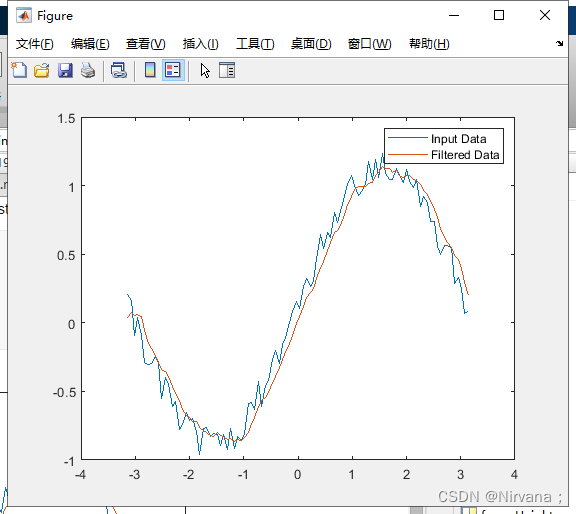
3. conv2 function
effect : Two dimensional convolution
A = rand(3);
B = rand(4);
C = conv2(A,B)
conv2 function
1、 usage
C=conv2(A,B,shape); % Convolution filtering
A: The input image ,B: Convolution kernel
Assumed input image A The size is ma x na, Convolution kernel B The size is mb x nb, be
When shape=full when , Return all two-dimensional convolution results , Return C The size is (ma+mb-1)x(na+nb-1)
shape=same when , Return and A The central part of the convolution of the same size
shape=valid when , Do not consider boundary zero filling , That is, as long as there is a boundary complement of zero, those involved in the operation are rounded off , return C The size is (ma-mb+1)x(na-nb+1)
2、 Implementation steps
Assumed input image A The size is ma x na, The convolution kernel size is mb x nb, be MATLAB Of conv2 The function implementation process is as follows :
a、 Zero the input image , Before the first line and after the last line mb-1 That's ok , Before the first column and after the last column nb-1 Column ( Be careful conv2 Other boundary supplement options are not supported , The function always fills the input with zero ).
b、 About the center of convolution kernel , Rotating convolution kernel 180 degree .
c、 Sliding convolution kernel , The center of the convolution kernel is located in each element of the image matrix .
d、 Multiply the rotated convolution kernel by the corresponding matrix elements and then sum .
4. filter2 function
1、 usage
B = filter2(h,A,shape) ; % relevant (correlation) wave filtering
- A: The input image ,h: Related nuclear
- Assumed input image A The size is ma x na, Related nuclear h The size is mb x nb, be
When shape=full when , Return all two-dimensional convolution results , Return B The size is (ma+mb-1)x(na+nb-1) - shape=same when , Return and A The central part of the convolution of the same size
- shape=valid when , Do not consider boundary zero filling , That is, as long as there is a boundary complement of zero, those involved in the operation are rounded off , return B The size is (ma-mb+1)x(na-nb+1)
2、 Implementation steps
Assumed input image A The size is ma x na, Related nuclear h The size is mb x nb,MATLAB Of filter2 The implementation process of is as follows :
- a、 Zero the input image , Before the first line and after the last line mb-1 That's ok , Before the first column and after the last column nb-1 Column ( Be careful filter2 Other boundary supplement options are not supported , The function always fills the input with zero ).
- b、 Sliding correlation core , The center of the correlation kernel is located in each element of the image matrix .
- c、 Multiply the correlation kernel by the corresponding matrix elements and then sum
Be careful filter2 No nuclear 180° rotate , Directly correspond to multiply and add , This is related to filter2 Different .
5. imfilter function
1、 usage
B=imfilter(A,H,option1,option2,option3);
A: The input image ,H: Filter core
- option1: Boundary options , Optional : Add a fixed value X( Zero is filled by default ),symmetric,replicate,circular
- option2: Output image size options , Optional same( Default ),full
- option3: Decide to adopt and filter2 The same correlation filtering is still the same as conv2 The same convolution filter
2、 advantage :
Padding Options Fill options
1) Default complement 0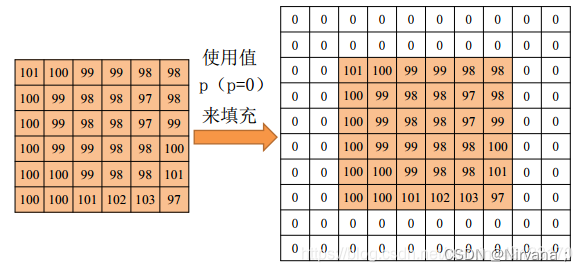
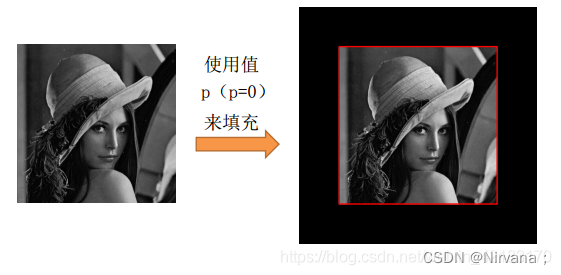
2)symmetric symmetry : The input array value outside the array boundary is obtained by specular reflection of the array along the array boundary 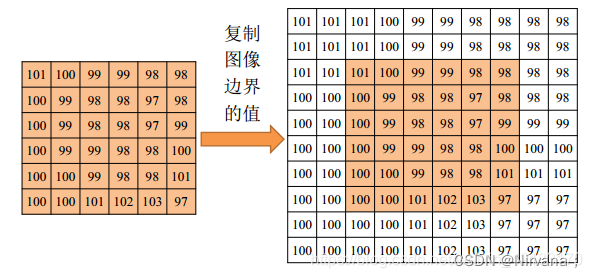
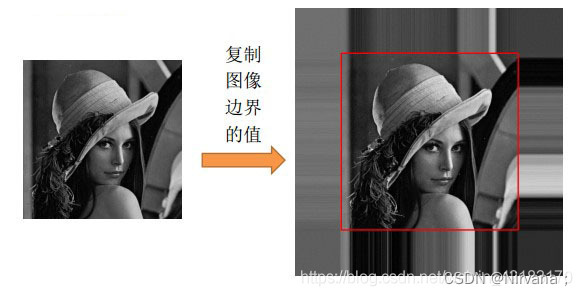
3)replicate Copy : The input array value outside the array boundary is assumed to be equal to the nearest array boundary value 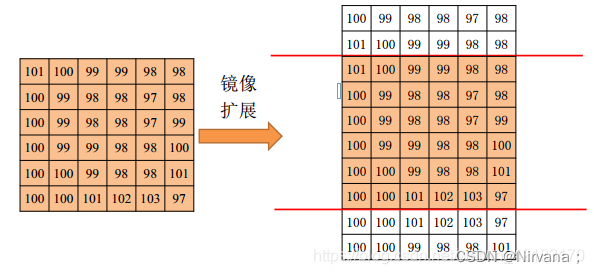 .
.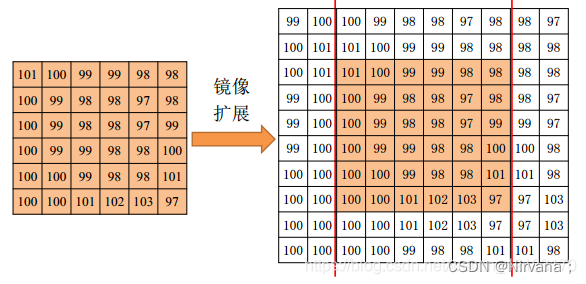
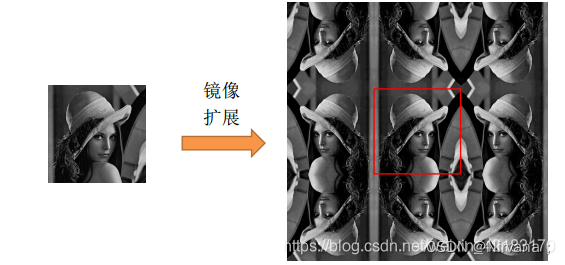
4)circular loop : The input array value outside the array boundary is calculated by implicitly assuming that the input array is periodic .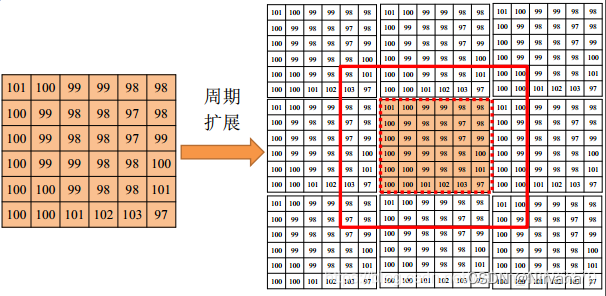
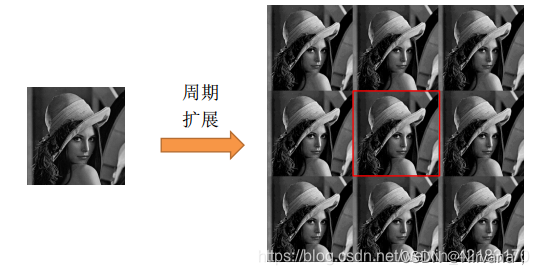
Output Size Output size
same: The output array is the same size as the input array . This is the default behavior when the output size option is not specified .
full: The output array is the result of complete filtering , Therefore, it is larger than the input array .
6. fspecial function
effect : Constructing convolution kernel , It can be done with filter2、conv2 and imfilter In combination with
h = fspecial(type)
h = fspecial('average',hsize)
h = fspecial('disk',radius)
h = fspecial('gaussian',hsize,sigma)
h = fspecial('laplacian',alpha)
h = fspecial('log',hsize,sigma)
h = fspecial('motion',len,theta)
h = fspecial('prewitt')
h = fspecial('sobel')

7. summary
filter2、conv2 Convert the input to double type , The output is double Of , Input is always filled with zero (zero padded), Other boundary supplement options are not supported .
imfilter: Do not convert input to double, Output is only of the same type as input , There are flexible boundary supplement options . It is recommended to use ~
8. Code demonstration
MATLAB Code :
clear;
close all;
clc;
%% fspecial function
value = 5;
h = fspecial('gaussian',[5 5],value);
srcImage = imread('lena.jpg');
srcImage = rgb2gray(srcImage);
srcImage_double = double(srcImage);
%% conv2 function Default :'full', Only zero can be filled
image_conv2 = conv2(srcImage_double,h);
%% filter2 function Default :'same', Only zero can be filled
image_filter2 = filter2(h,srcImage_double);
%% imfilter function Default :'same'
image_imfilter = imfilter(srcImage,h,'replicate');
%% Display images
figure(1);
subplot(221);imshow(srcImage,[]); title(' Original picture ');
subplot(222);imshow(image_conv2,[]); title('conv2');
subplot(223);imshow(image_filter2,[]); title('filter2');
subplot(224);imshow(image_imfilter,[]); title('imfilter');
design sketch :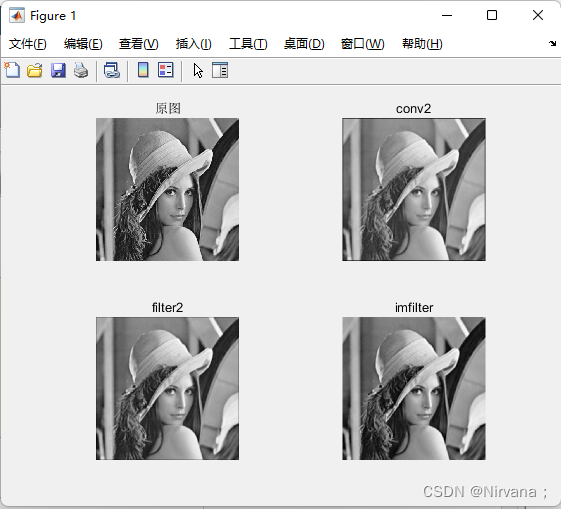
边栏推荐
- 博士申请 | 西湖大学学习与推理系统实验室招收博后/博士/研究实习等
- Deming Lee listed on Shenzhen Stock Exchange: the market value is 3.1 billion, which is the husband and wife of Li Hu and Tian Hua
- ASP. Net core introduction I
- 硬件基础知识-二极管基础
- 免费、好用、强大的轻量级笔记软件评测:Drafts、Apple 备忘录、Flomo、Keep、FlowUs、Agenda、SideNote、Workflowy
- Code hoof collection of wonderful secret place
- Understand chisel language thoroughly 09. Chisel project construction, operation and testing (I) -- build and run chisel project with SBT
- 吃透Chisel语言.11.Chisel项目构建、运行和测试(三)——Chisel测试之ScalaTest
- Hardware Basics - diode Basics
- [R language data science]: cross validation and looking back
猜你喜欢

OPPO Find N2产品形态首曝:补齐各项短板
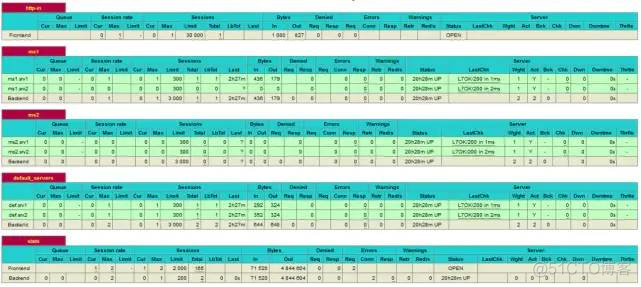
Haproxy high availability solution

博士申请 | 西湖大学学习与推理系统实验室招收博后/博士/研究实习等

2022年山东省安全员C证考试题库及在线模拟考试

Go 语言入门很简单:Go 实现凯撒密码
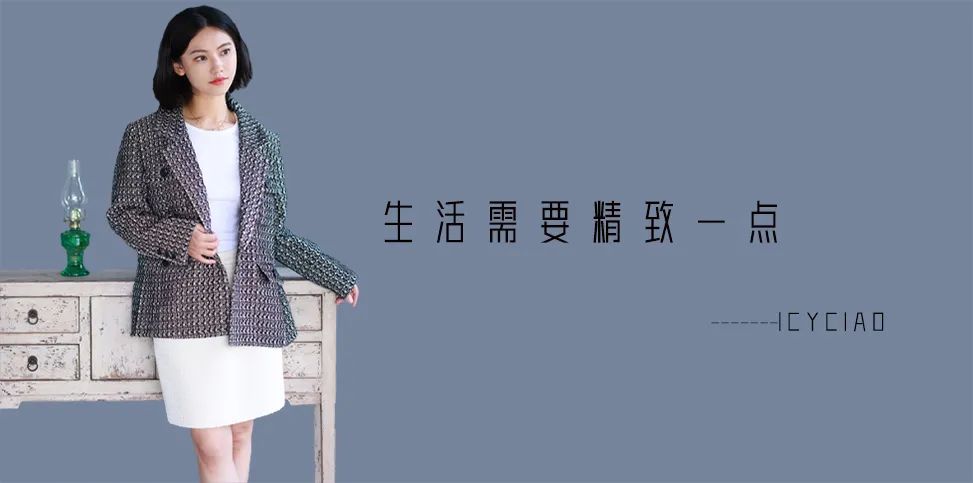
Yingshi Ruida rushes to the scientific and Technological Innovation Board: the annual revenue is 450million and the proposed fund-raising is 979million

Applet live + e-commerce, if you want to be a new retail e-commerce, use it!
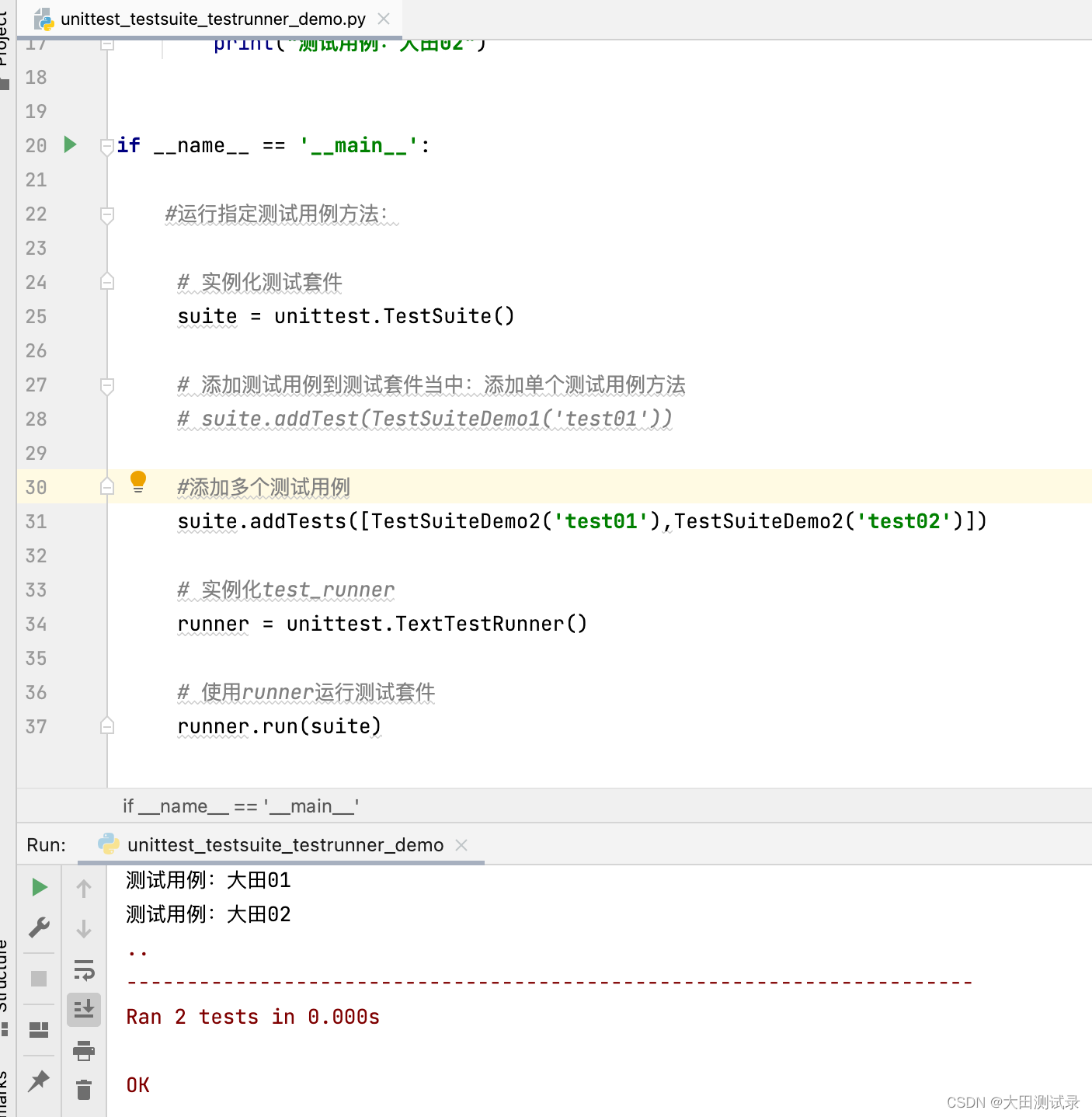
Unittest中的TestSuite和TestRunner

Huahao Zhongtian sprint Technology Innovation Board: perte annuelle de 280 millions de RMB, projet de collecte de fonds de 1,5 milliard de Beida Pharmaceutical est actionnaire
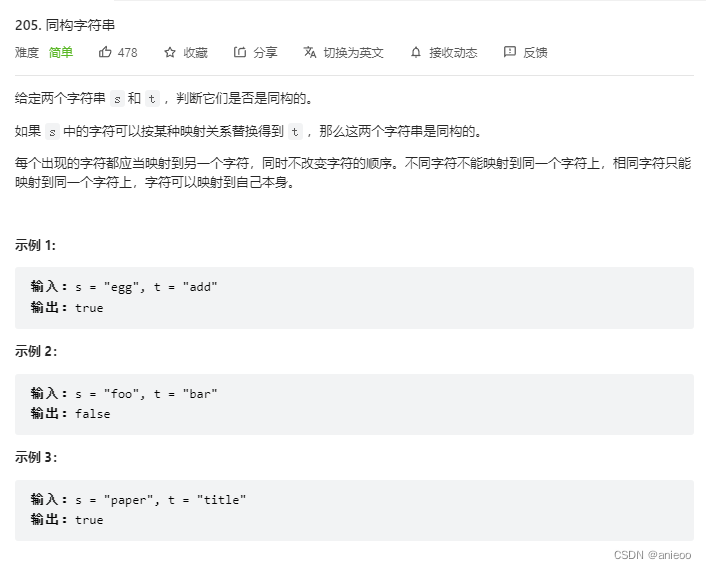
205. 同构字符串
随机推荐
2022g3 boiler water treatment examination question simulation examination question bank and simulation examination
CVPR 2022 | greatly reduce the manual annotation required for zero sample learning, and propose category semantic embedding rich in visual information (source code download)
Understand chisel language thoroughly 12. Chisel project construction, operation and testing (IV) -- chisel test of chisel test
golang fmt.printf()(转)
华昊中天冲刺科创板:年亏2.8亿拟募资15亿 贝达药业是股东
【FAQ】华为帐号服务报错 907135701的常见原因总结和解决方法
【Antd踩坑】Antd Form 配合Input.Group时出现Form.Item所占据的高度不对
Doctoral application | West Lake University Learning and reasoning system laboratory recruits postdoctoral / doctoral / research internship, etc
Worried about "cutting off gas", Germany is revising the energy security law
Applet live + e-commerce, if you want to be a new retail e-commerce, use it!
FS7867S是一款应用于数字系统供电电源电压监控的电压检测芯片
China Post technology rushes to the scientific innovation board: the annual revenue is 2.058 billion, and the postal group is the major shareholder
Secretary of Homeland Security of the United States: domestic violent extremism is one of the biggest terrorist threats facing the United States at present
Code hoof collection of wonderful secret place
吃透Chisel语言.10.Chisel项目构建、运行和测试(二)——Chisel中生成Verilog代码&Chisel开发流程
Install Trinity and solve error reporting
硬件基础知识-二极管基础
Unity Shader学习(三)试着绘制一个圆
WS2811 M是三通道LED驱动控制专用电路彩灯带方案开发
Understand chisel language thoroughly 11. Chisel project construction, operation and test (III) -- scalatest of chisel test